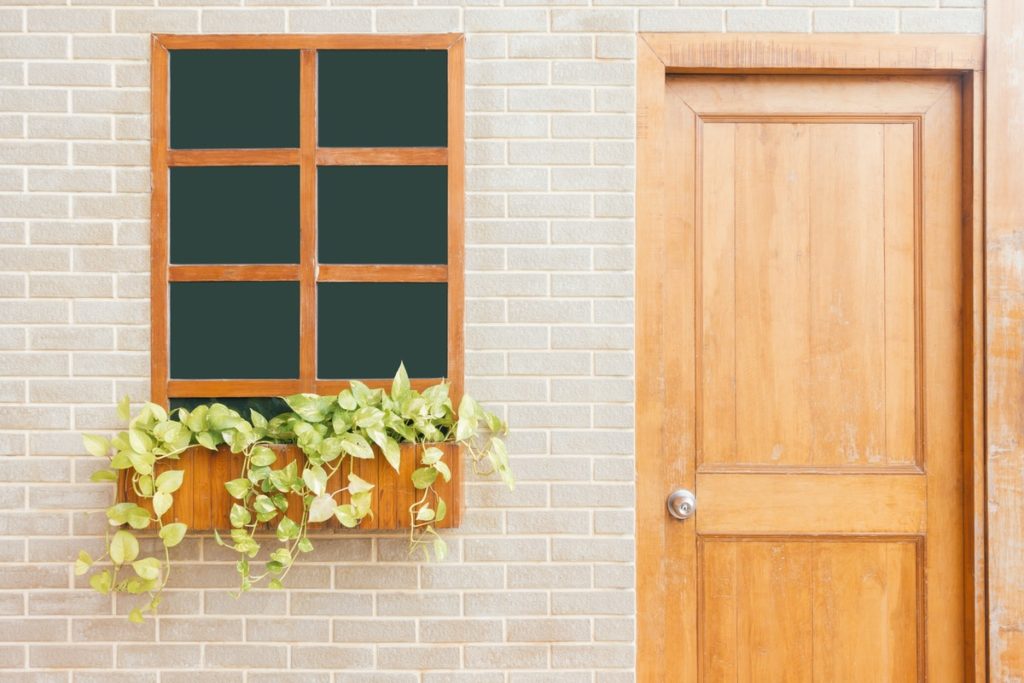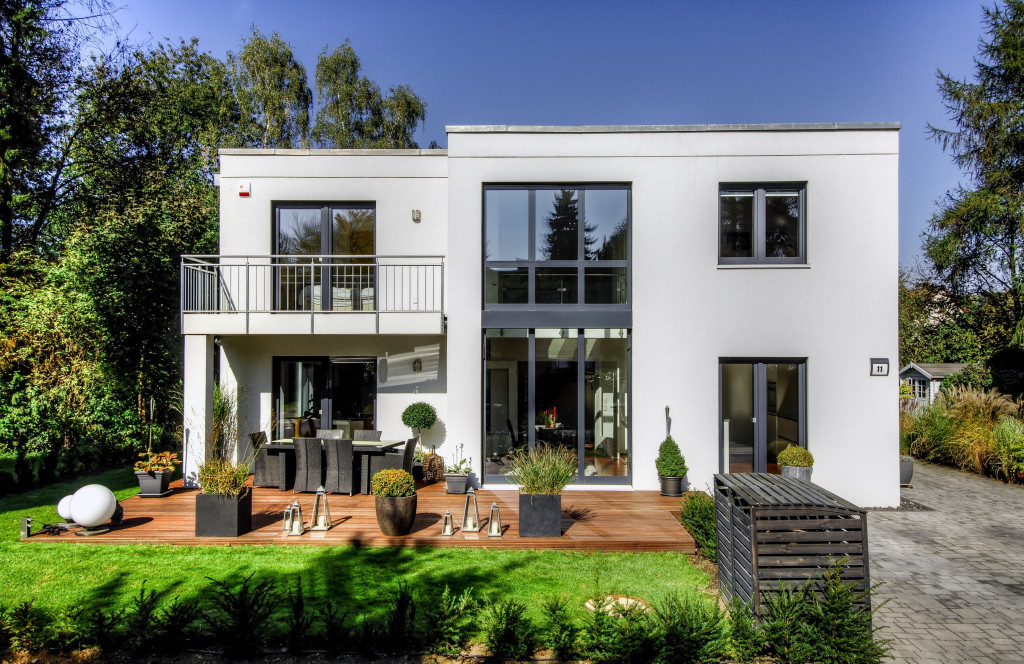In an age when homebuyers are more eco-conscious than ever, sustainable home design is hot on the market. Not only do such homes promote the smarter consumption of resources and care for our environment, but eco-friendly features are also easier on our wallets in the long run. They also boost your home’s resale value. Maximizing your home’s value is important whether you’re planning to sell.
If you’re selling, potential buyers will be more willing to pay more for what your house is packing. If you’re staying, a better value will help you get the best deals on your mortgage. Here’s how to maximize your home’s value with sustainable features.
Smart technology
A few years ago, smart appliances may not have come across as anything more than cool gadgets. But these days, homebuyers are willing to pay more for houses with smart features built into them. This is because smart technologies are energy-efficient, and smartphone connectivity allows you to monitor and control these appliances remotely. One example is smart thermostats. Apart from smartphone control, you can also set them to schedules. You can also program them to adjust according to the temperature outside.
Low-maintenance features
Another thing that boosts a home’s value is the presence of low-maintenance features. While tending to and maintaining a home is part and parcel of owning one, it’s always a bonus to have less of that to do.
One of the most important fixtures in any home that requires cleaning and maintenance is the flooring. Depending on the material you choose, you can have an easy, low-cost cleaning experience or a tedious and costly one. Wall-to-wall carpets were once considered the height of home comfort – they’re soft underfoot, add a new level of coziness to any room, and they’re also cheaper than other flooring materials. But its downsides make it worth reconsidering. It’s difficult to clean – especially when it comes to spills and stains – it’s not as long-lasting, and it traps dust and allergens.
Hardwood, on the other hand, is a long-lasting, easy-to-clean material that also boosts your home’s real estate value. While not soft and comfortable like carpeted flooring, a hardwood finish helps to give your home a polished and modern appearance. And just because you have hardwood floors doesn’t mean you can’t enjoy area rugs, which are easier to change out than wall-to-wall carpeting, allowing you more customization.
Windows and doors

The responsibilities of blocking out summer heat and keeping warmth from escaping in the winter fall heavily on your doors and windows. Good R-values are also indicative of energy efficiency.
Vinyl windows are an excellent, low-cost choice for energy-efficient windows. You can also opt for glazed windows – either double- or triple-glazed. These are made of 2 or 3 sheets of glass, each separated by small spaces for air. It’s these air spaces that keep temperatures inside your home from escaping outside.
Do you have any skylights? Few things are more romantic than watching the stars as you lie in bed waiting to fall asleep. But despite its many allures, many buyers will still see skylights as potential vehicles for water and temperature leaks. They can be right about this, too, so it all depends on some factors such as size, placement, and materials.
As with your other home fixtures and appliances, choose skylights that have Energy Star or NFRC (National Fenestration Rating Council) labels. The U.S. Department of Energy recommends a skylight no bigger than 5% of the floor area of a room that’s already packed with windows. For rooms that have little to no windows, the skylight should not exceed 15% of its floor area.
To minimize summer heat absorption and maximize winter heat gain, the skylight should be on a slope equivalent to your home’s geographical latitude with an additional 5 to 15 degrees. The best material to use for your skylight is glass, which does not discolor over time, unlike plastic glazing.
Water systems
Water is a basic resource, but oftentimes, it ends up costing us even more than we anticipated. Having a rainwater collection system in your home is a big resale value booster. You can use your harvested rainwater for home use, including bathing, flushing, and landscape irrigation.
Low-flow toilets are another installation that might help you cut on water expenses. These use less water but still flush effectively.
As consumers grow more eco-conscious, it’s important to recognize how this new lifestyle choice will shape the market. Use it to your advantage by making your home more sustainable. This will boost your home’s real estate value, which will benefit you regardless of whether you’re selling or staying.

